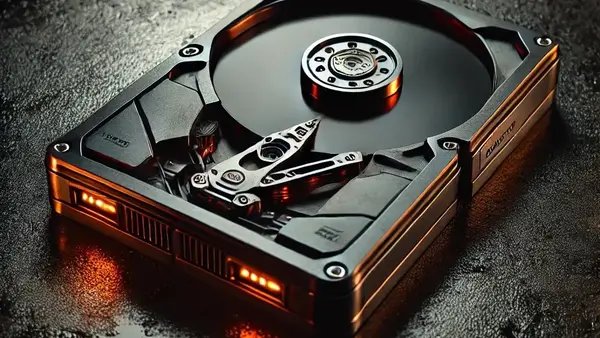

Setting up OpenMediaVault
 jonas
jonas- HomeLab
- January 12, 2025
So, my NAS is up and running, and everything should be fine—or so I thought. Turns out I underestimated the challenge of overcoming the vendor lock-in of traditional cloud storage services. The main issue? Convincing my devices to actually use the NAS to store their data. Here’s what I encountered:
Windows
My Windows PC seemed like the easiest device to set up. With OpenMediaVault, you can activate a Samba share, and Windows will connect to it as if it were a local drive. The real challenge came when I wanted my applications to use the NAS for data storage while keeping the application logic on my local machine. Most applications don’t offer an option to change the default storage location. After some trial and error, adapting configurations, and a bit of frustration, I managed to get most of my application data stored on the NAS while keeping the applications themselves running locally.
iPhone
Setting up my iPhone (an Apple device) proved more difficult. Out of the box, iPhones are designed to sync seamlessly with iCloud storage, but there’s no native way to synchronize with other storage systems like a NAS. While there are plenty of third-party apps that enable this functionality, most of them come with a price tag. In the end, I had to purchase an app (PhotoSync) to sync my photos to the NAS. It’s not ideal, but it gets the job done.
Photo Storage
One thing I quickly realized about hosting my own NAS is that it doesn’t include many of the features you might take for granted in commercial cloud solutions. For managing photos, I set up PhotoPrism to handle my image library. PhotoPrism supports basic features like photo albums and shared links, but its image recognition capabilities are lacking. For example, it doesn’t reliably sort photos by people, and features like “On This Day” reminders or timeline-based highlights are missing. For me, these limitations weren’t deal-breakers, but if you heavily rely on advanced photo management features, you might want to explore other software options.
Digital Photo Frames
Here’s a win: some digital photo frames (e.g. PixStar) can connect directly to a NAS. With a bit of scripting, you can automate the process of rotating the photos displayed on the frame. For example, I wrote a Python script that runs once a month. It pulls images from a specific vacation album in PhotoPrism and places them into the photo frame’s folder. This way, our digital photo frame gets a fresh set of images from a random vacation every month—simple, yet delightful!
Conclusion
Just having a NAS isn’t enough to replace the convenience of commercial cloud services. However, with some creativity, third-party apps, and maybe a few small scripts, you can build a personalized system that suits your needs. It takes a bit of effort, but the flexibility and control you gain over your data are well worth it.
BoniClaud
I did not know that at the time of setting up my NAS, but make sure to immediately also offer a NFS share. At least for me it was easiest to integrate NFS as a storage provider for my Kubernetes cluster. Setting up the cluster is my next adventure to my home cloud.